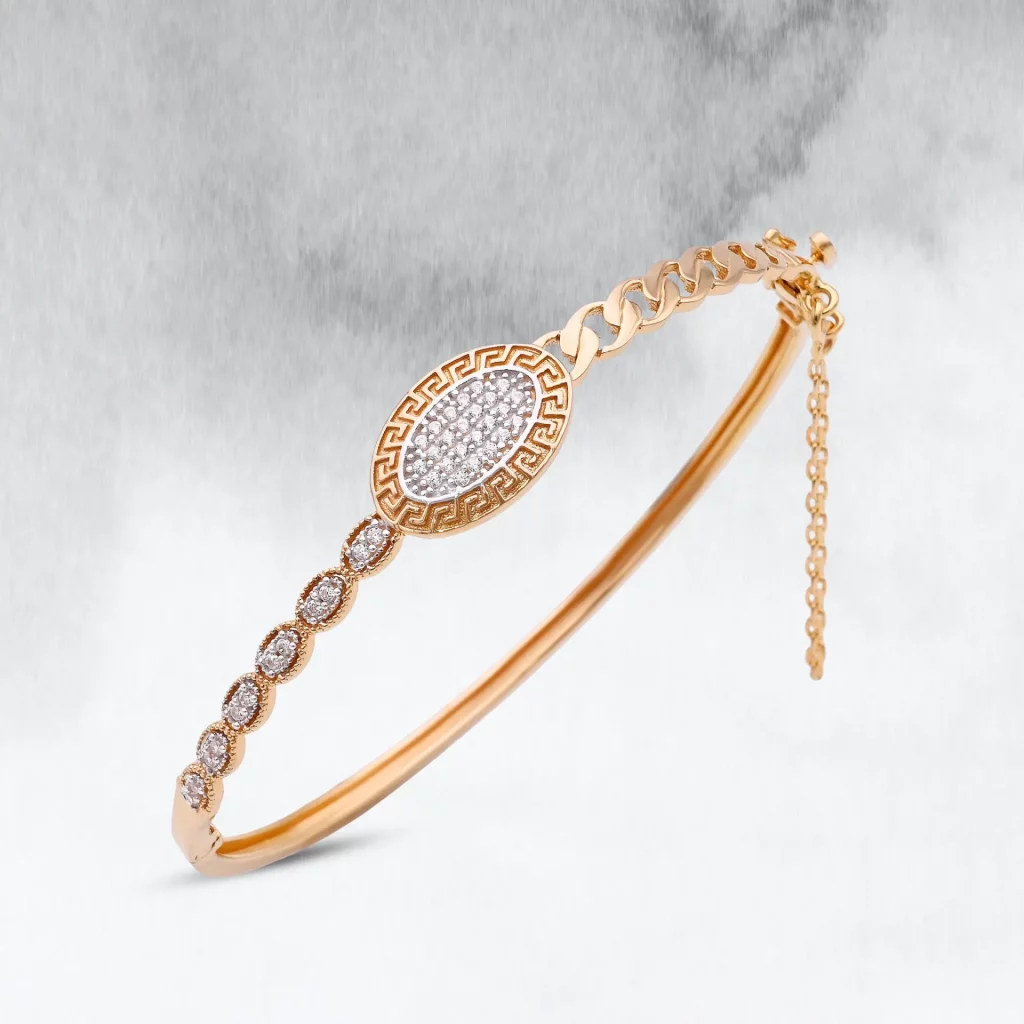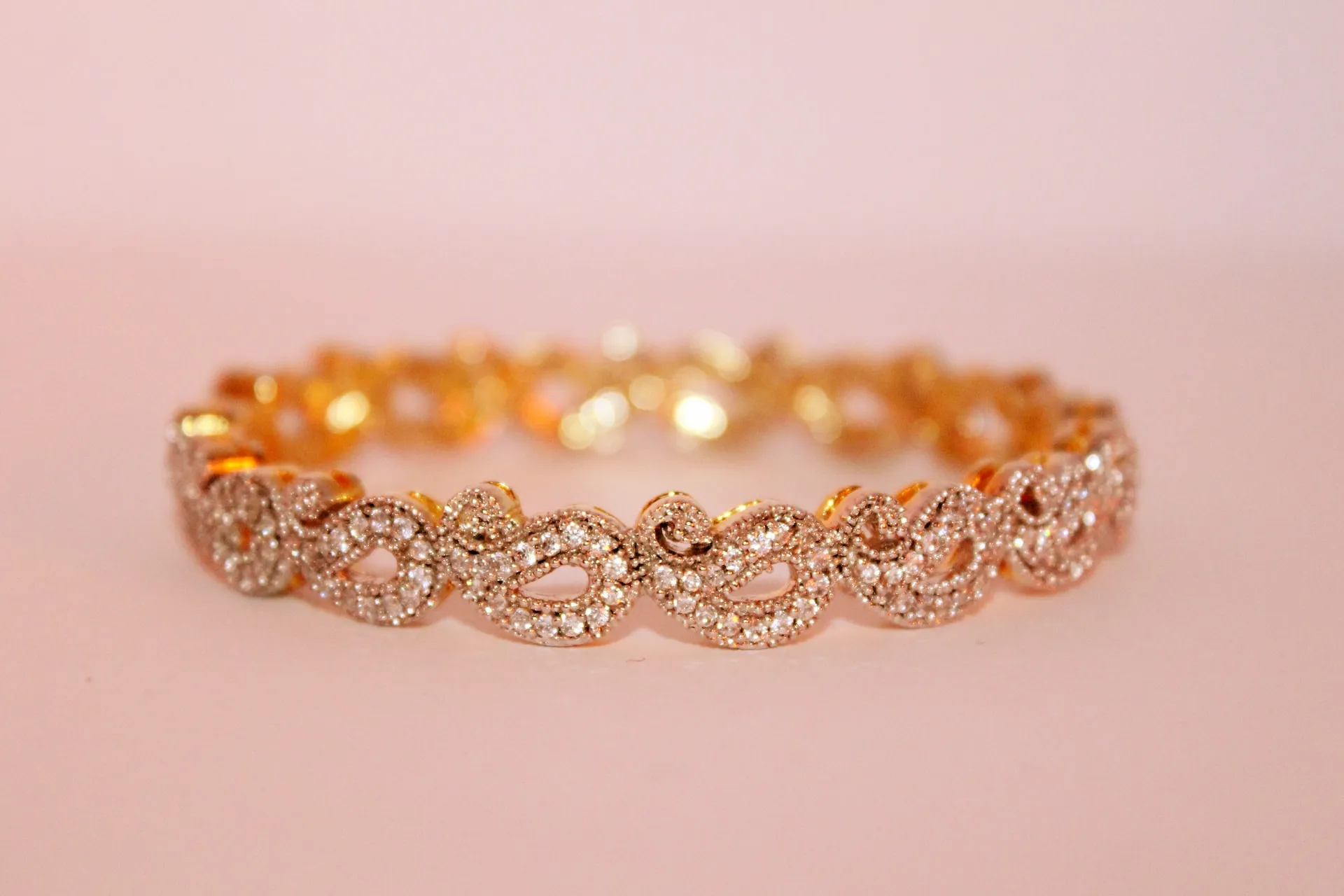Shopping for jewelry, particularly bracelets has become a more immersive and interactive experience. Thanks to advanced technology, shoppers can now “try before they buy” through virtual or AR bracelet experiences. This innovative approach allows customers to explore and visualize how a bracelet will look on their wrist before purchasing. This article will delve into virtual bracelet experiences, exploring how they work and the benefits they offer to shoppers and retailers.
The Evolution of Jewelry Shopping
Traditionally, shopping for jewelry involved visiting physical stores, trying on various pieces, and relying on the assistance of sales associates to make informed decisions. However, this process had limitations, such as the limited selection in-store and the inability to see how a piece of jewelry would look outside the store’s controlled environment.
The advent of e-commerce brought jewelry shopping online, offering customers a more extensive range of options and the convenience of browsing from home. Yet, the challenge remained—how could shoppers accurately gauge how a bracelet would look and fit on their wrist without physically trying it on?
Virtual Bracelet Experiences: How They Work
Virtual bracelet experiences leverage augmented reality (AR) and virtual reality (VR) technologies to bridge the gap between online and in-store shopping. Here’s how they work:
AR Try-Ons: Augmented reality enables customers to use their smartphone or webcam to try on bracelets virtually. Shoppers can see how it looks and fits without leaving their homes by superimposing a digital image of the bracelet onto a real-time view of their wrist.
3D Visualization: Some platforms offer 3D visualizations of bracelets, allowing customers to rotate, zoom in, and examine every detail of the jewelry piece. This immersive experience provides a comprehensive view that surpasses what a physical store can offer.
Interactive Customization: Virtual experiences often include customization options, enabling customers to choose the bracelet’s metal type, gemstones, and other design elements. This interactivity allows shoppers to create personalized pieces that suit their style and preferences.
Size and Fit Assessment: Precise measurements and sizing guides are integrated into virtual bracelet experiences, ensuring customers select the correct size for their wrist. This eliminates the uncertainty of fit that online shoppers often face.
Realistic Simulations: Advanced technology ensures that the virtual bracelet experience replicates its appearance under various lighting conditions and angles, accurately representing how it will look.
Benefits for Shoppers
Convenience: Shoppers can try on bracelets from the comfort of their homes, saving time and eliminating the need to visit physical stores.
Enhanced Decision-Making: Visualizing a bracelet on one’s wrist helps make informed purchasing decisions, reducing the likelihood of returns or exchanges.
Personalization: Customers can customize bracelets to align with their unique style and preferences, creating a truly unique piece.
Elimination of Sizing Guesswork: Accurate information ensures that the selected bracelet will fit perfectly, eliminating the need for resizing or adjustments.
Exploration of Options: Virtual experiences provide access to a vast selection of bracelets, allowing customers to explore various styles and designs.

Benefits for Retailers
Reduced Returns: Accurate visualizations and sizing information lead to fewer returns and exchanges, reducing operational costs.
Increased Sales: The immersive and interactive nature of virtual experiences can boost customer engagement and increase conversion rates.
Enhanced Customer Experience: Providing customers with innovative and user-friendly tools elevates the overall shopping experience, fostering brand loyalty.
Access to Data: Retailers can gather valuable data on customer preferences and behaviors, enabling them to refine their product offerings and marketing strategies.
Cost Savings: Virtual experiences can reduce the need to maintain extensive physical inventories, potentially lowering inventory costs.
Final Thought
Virtual or AR bracelet experiences have transformed how customers shop for jewelry. These innovative technologies offer a win-win scenario for shoppers and retailers, enhancing convenience, decision-making, and the overall shopping experience. As technology advances, you can expect virtual bracelet experiences to become even more immersive and accessible, further revolutionizing the world of jewelry shopping.




